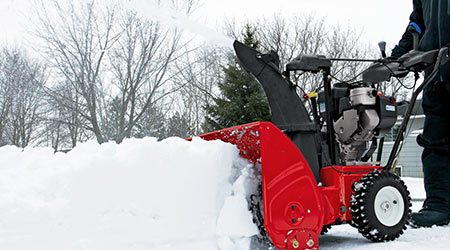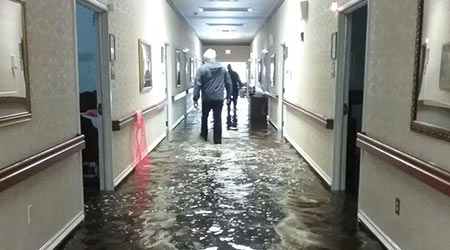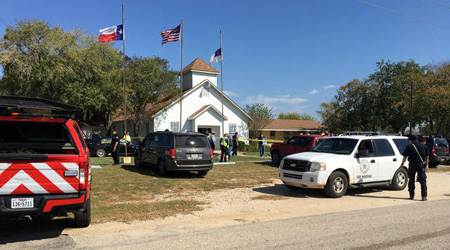
13 Tips for Snow Thrower Safety
November 16, 2017
Winter is coming. Get ready to throw snow by following these 13 preparation and safe operation steps when using snow throwers.
PREPARE BEFORE IT SNOWS
1. Review your owner’s manual.Check your owner’s manual for safe handling procedures. If you lost your manual, you can look it up online (and store a copy on your computer so you have the manual available to reference in the future). Review how to operate the controls. You should be able to shut off your equipment quickly.
2. Check your equipment. The snow thrower should be completely powered off when you are checking it over. If you forgot to drain the fuel last winter before storing your snow thrower, drain the gas tank now. Adjust any cables. Check the auger.
3. Put your equipment where you can get to it easily. Move your equipment to a convenient and accessible location, so you can get to it easily when needed.
4. Purchase your fuel. Often gas stations are closed after a storm. Be sure to use the correct fuel, as recommended by your equipment's manufacturer (for more information on fueling properly see www.LookBeforeYouPump.com). Fill up the fuel tank outside before you start the engine and while the engine is cold. Never add fuel to a running or hot engine.
5. Store your fuel properly. Place fuel in a fuel container and label it with the date purchased and the ethanol content of the fuel. Fuel that is more than 30 days old can phase separate and cause operating problems. It’s important to use fresh fuel in your snow thrower. Make sure fuel is stored safely.
6. Tidy the area you intend to clear with your equipment. Snow can sometimes hide objects. Doormats, hoses, wires, and other debris should be removed from the areas you intend to clear. When run over by a snow thrower, these objects may harm the machine or people.
7. Plan to dress for winter weather. Plan to wear safety glasses, gloves and footwear that can handle cold and slippery surfaces.
OPERATE EQUIPMENT SAFELY
8. Never put your hands inside the auger or chute.Use a clean out tool (or stick) to unclog snow or debris from a snow thrower. Hands should never go inside the auger or chute.
9. Turn OFF the snow thrower if you need to clear a clog. If you need to remove debris or unclog snow, always turn off your snow thrower. Wait for all moving parts to come to a complete stop before clearing any clogs or debris.
10. Only use your snow thrower in visible conditions. Never operate the snow thrower without good visibility or light.
11. Aim your snow thrower with care. Never throw snow toward people or cars. Do not allow anyone to stand in front of the snow thrower.
12. Use extreme caution on slopes and hills. Use caution when changing directions on slopes. Do not attempt to clear steep slopes.
13. Know where your cord is. If you have an electric powered snow thrower, be aware of where the power cord is at all times. Avoid tripping. Do not run over the power cord.
This Quick Read was submitted by Naomi Millán, senior editor of Building Operating Management. The tips were provided by the Outdoor Power Equipment Institute (www.opei.org). For more tips on snow and ice removal, go here.
Next
Read next on FacilitiesNet












